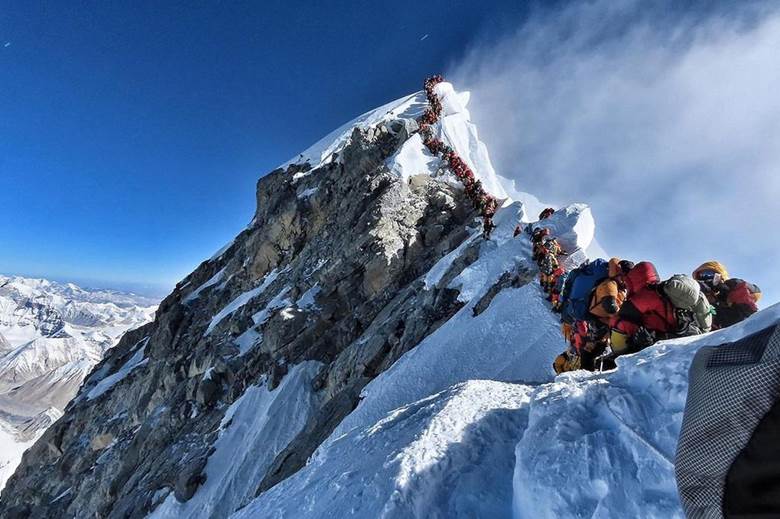Free Courses Sale ends Soon, Get It Now


Free Courses Sale ends Soon, Get It Now



Copyright infringement not intended
Context: According to a study conducted by the UN body, a third of the glaciers on the UNESCO World Heritage list are under threat, regardless of efforts to limit temperature increases.
Details:
What are World Heritage Sites?
How are they selected?
Can a site lose its designation?
How many World Heritage Sites are in India?
Indian Properties inscribed on the World Heritage List (40)
Cultural (32)
Natural (7)
Mixed (1)
https://epaper.thehindu.com/Home/ShareArticle?OrgId=GSTAFQSLC.1&imageview=0
© 2024 iasgyan. All right reserved